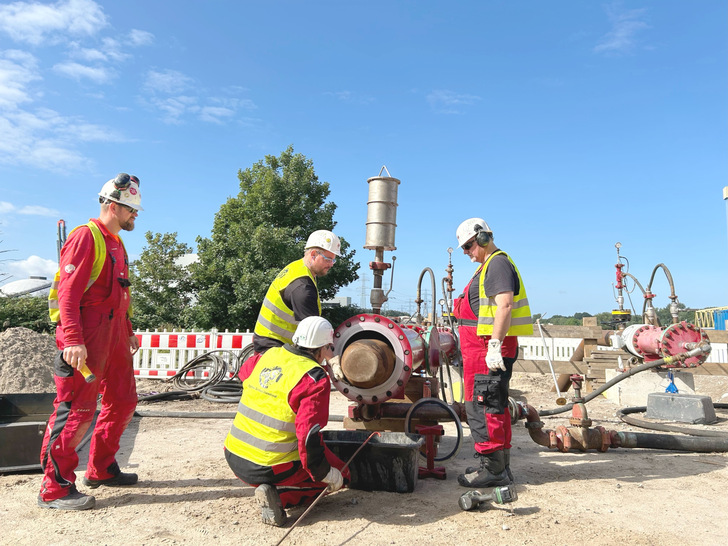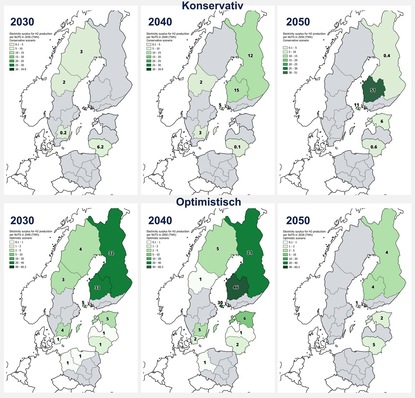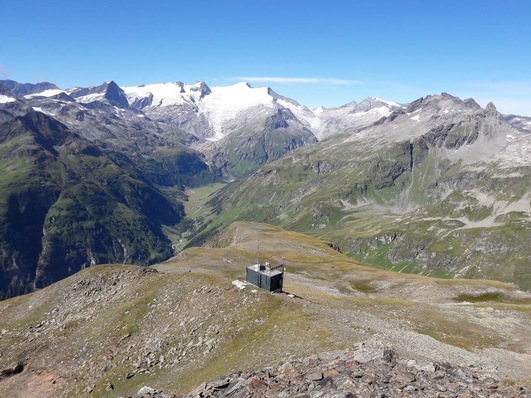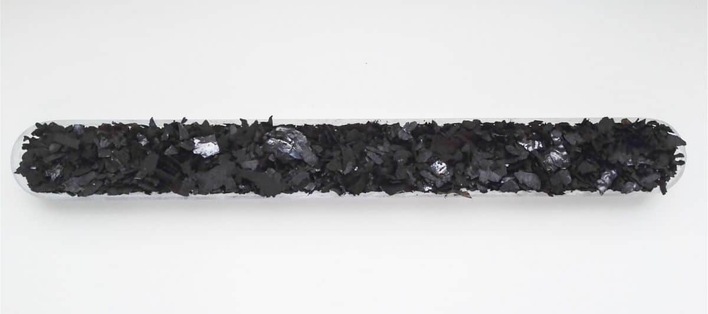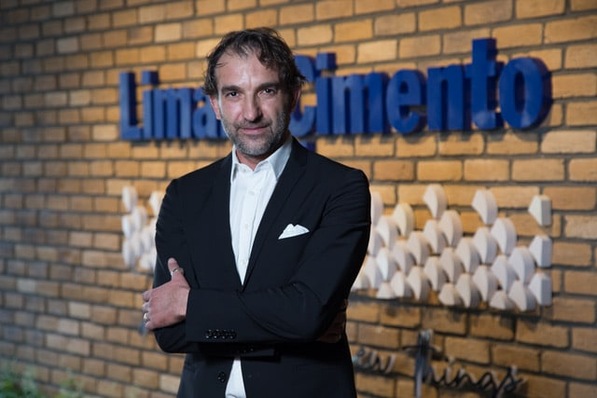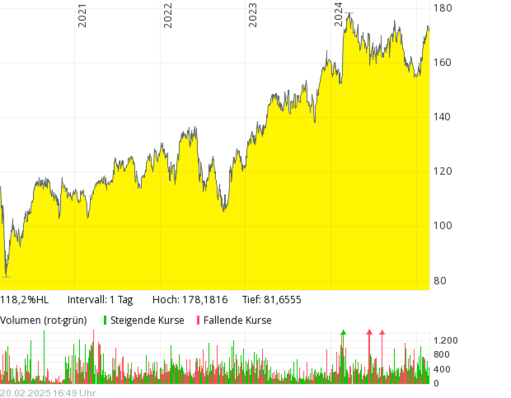Hamburger Energienetze have begun the technical inspection of an existing natural gas pipeline beneath the Süderelbe. The pipeline, known as the Kattwyk culvert, is intended to transport hydrogen in the future and become part of the Hamburg hydrogen industrial network (HH-WIN).
The culvert consists of two parallel, concrete-encased steel pipes with a diameter of approximately 30 centimeters. One of the pipes will continue to be used for natural gas, while the other is to carry hydrogen at an operating pressure of 25 bar starting in 2027. The pipeline runs about five meters below the riverbed of the Süderelbe near the Kattwyk Bridge.
By repurposing the culvert, the HH-WIN hydrogen network is to reach the Elbe island of Hohe Schaar from Moorburg. This area is home to industrial companies as well as a planned hydrogen import terminal.
To prepare for hydrogen operation, specialists are sending so-called pigs through the approximately 450-meter-long pipeline. These are elongated, compressed-air-driven devices: first, a four-meter-long cleaning pig that removes deposits from the pipes. This is followed by two inspection pigs: one using ultrasonic technology to measure wall thicknesses, and a second equipped with magnetic resonance sensors to analyze corrosion levels and material properties.
The pipeline section that will continue to carry natural gas was also included in the inspection. During the work, gas supply to the port area north of the Süderelbe was maintained via alternative Elbe crossings.
“Upgrading the existing pipeline for hydrogen saves construction time and investment costs. However, we are currently focusing on verifying the integrity of this decades-old pipeline section to ensure that our hydrogen network operates just as safely and reliably as our other energy networks,” says Michael Dammann, Technical Managing Director of Hamburger Energienetze.
Hamburger Energienetze is the municipal network operator for electricity, gas and hydrogen in Hamburg. Starting in 2027, the development of the HH-WIN hydrogen industrial network is expected to enable the decarbonization of large parts of industrial production.


